This series is available as PDF download at the bottom of the page.
Many companies in the process industry are already convinced of the benefits of Demand-Driven Supply Chain Management. However, when it comes to implementation, they often face the challenge of applying theory to the practical complexity of their supply chain. Typically, there exist numerous limitations and challenges that need to be taken into account when attempting to increase plant availability and improving overall plant efficiency.
If anything, most companies hence only start with small DDMRP pilot projects in distribution. Since usually no support system is available, complex Excel tools are used. This in turn makes it difficult or even impossible to transfer the advantages achieved in these small pilots to the entire organization. The scalability of these homegrown add-ons is therefore questionable at best.
Lean planning
The SAP-based Camelot Demand-Driven Lean Planning Suite (CLS) is a completely integrated solution that supports companies in the process industry in meeting these challenges. The Camelot Demand-Driven Lean Planning Suite is available on SAP S/4 Hana, SAP Integrated Business Planning (SAP IBP) and SAP SCM. In addition to Demand-Driven MRP (DDMRP), the software suite also includes Demand-Driven Rhythm Wheel Planning (DDRWP), a concept for smooth production planning that is highly regarded as a best practice in the process industry today. DDMRP (available on SAP S/4 Hana, SAP IBP, and SAP SCM) reduces the variability of supply and demand by using the inventory in the system as a buffer and replenishing it based on actual consumption rather than forecasted demand.
Production then follows the DDRWP’s repetitive cyclical production approach (available on SAP S/4 Hana and SAP SCM). In this way, production is leveled over time, demand fluctuations on the upstream stage (for required components) are reduced and the visibility and reliability of relevant signals in the supply chain is increased. Production requirements such as batch sizes, campaigns and optimal sequences are taken into account. With the Demand-Driven Lean Planning Suite, Camelot offers a holistic and integrated solution package – particularly for the process industry – and thus supports the introduction of a Demand-Driven operating model. The suite is also available as a cloud solution.
Shortages
The integration of DDMRP and DDRWP in the Camelot Demand-Driven Lean Planning Suite has the following advantages: DDRWP parameters such as cycle times, production quantities and campaign frequency are used in design and parameterization to automatically determine the level of DDMRP inventory buffers and to align them with production requirements and lead times. During production planning, the projected inventory buffers are calculated based on the current demand situation and can be taken into account to set alerts and/or prioritize for automatic intervention when bottlenecks occur.
Use case: Pharmaceutical industry
Camelot developed a four-step approach for a leading pharmaceutical enterprise, which was used to establish an integrated supply chain operating model within the framework of Demand-Driven SCM. To overcome the challenge of fragmented supply chain processes and limited responsibilities and to ensure transparency and visibility in the pharmaceutical manufacturer’s supply chain, global corporate priorities had to be determined as a necessary first step. It was essential to establish a global end-to-end supply chain planning process involving all relevant parties. Within the process, globally defined goals, such as alignment with actual customer requirements, needed to become the controlling factor along the entire supply chain.
The next step encompassed creating end-to-end visibility and transparency within the supply chain. With the introduction of SAP SCM, the globally defined planning process could be mapped in the IT infrastructure. The solution thus became an important piece to the puzzle as a central and consistent planning platform.
Since SAP SCM is an established standard software for supply chain planning, additional intelligent planning methods were introduced to achieve complete Demand-Driven supply chain planning, in particular the SAP-based Camelot Demand-Driven Lean Planning Suite (CLS).
With CLS’s DDMRP module, the pharmaceutical manufacturer has finally optimized inventories worldwide, which led to a reduction potential of 240 million US dollars. A feasible, reliable and optimized production plan was achieved with the help of the CLS production module, Demand-Driven Rhythm Wheel Planning (DDRWP), which level variability in production. In this way, additional sales potential of USD 100 million could be generated in a single production plant alone. In tablet production, variability was reduced by 60 percent. For the future, the company is evaluating the implementation of DDMRP and DDRWP based on SAP S/4 Hana and SAP Integrated Business Planning.
Lastly, a key aspect for the success of the project was embedding the Demand-Driven mindset in the company through new roles that have both the capacity and the authority to implement the transition from reactive to proactive supply chain planning.
Benefits in practice:
- An integrated, Demand-Driven supply chain
- 240 million USD in potential from reduced inventory
- 60 percent less variability in tablet production
- Additional potential of 100 million USD in revenue
Use case: Consumer goods industry
Reducing the inventory of finished goods by 30 to 60 percent: a remarkable result for a leading company in the consumer goods industry, where supply chain optimization has been at the top of the agenda for 15 years and which has already almost halved its inventories in the same period. In recent years, however, further improvements have only been possible to a limited extent. The reason: an increasingly complex supply chain and increasingly difficult demand planning. It was thus about time to put the previous optimization approaches to the test and to consistently align the supply chain to the new challenges of an increasingly uncertain and volatile environment. The new strategy focused on customer requirements and the ability to react flexibly and quickly to changes in demand. Demand-Driven supply chain planning is an essential component of the strategy.
At the beginning of this year, DDSCM based on the Demand-Driven MRP concept was first introduced in a distribution subdivision. After five months, the results are more than positive. “Our expectations were fully met,” is the conclusion of the SCM manager responsible for the project. Inventories in the regional warehouses were reduced by almost 50 percent without any loss in delivery capacity. After five months, inventory size for majority of finished products was down between 30 to 60 percent in comparison to the same period of the previous year. At the same time, transparency regarding inventories, priorities and optimization potential has improved. The key to rapid implementation and acceptance among supply chain planners was that the new concept could be fully implemented in the existing and globally used SAP SCM system using the Demand-Driven Lean Planning Suite enhancement solution by Camelot ITLab.
As an SAP APO user from the very beginning, integration into the existing SAP planning system was a central requirement for the consumer goods manufacturer. However, the greatest challenges of the project were not in technology, but in the minds of the employees. DDMRP is a paradigm shift in supply chain management and requires a new way of thinking in the company. Change management will therefore play a greater role in the rollout of the new supply chain planning concept, that has already been accepted by management.
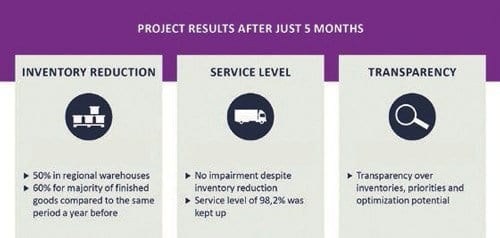



















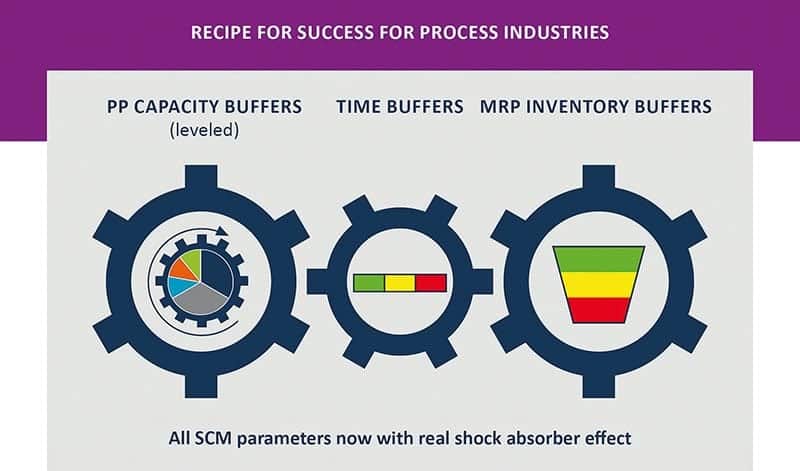

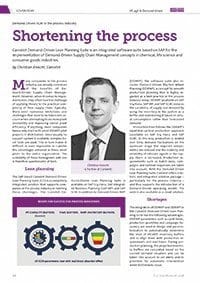

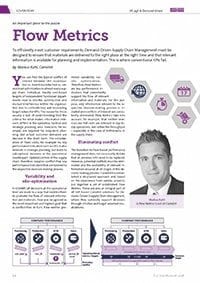


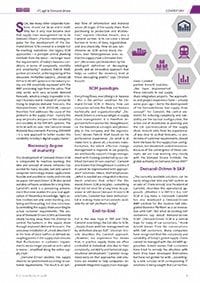
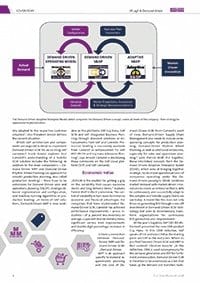
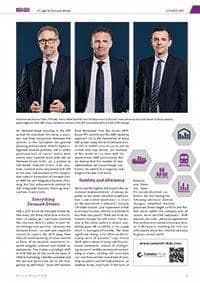

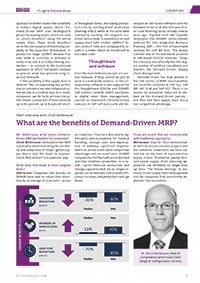
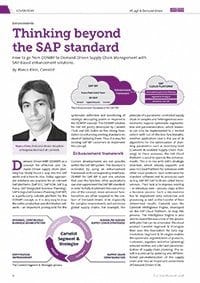




Add Comment